A third of the way through our 1,491-mile European motorcycle Alps tour — with Switzerland in our mirrors and Italy in our sights — we crossed into Austria, tackling the 8,117-foot Timmelsjoch Pass (Passo del Rombo) in the Tyrol region. Before immersing ourselves into the splendors of Italy, though, extreme heat reared its ugly head before heavy showers greeted us a few days later in the Dolomites.
Our pace was quick and rarely interrupted. We embraced roundabouts, which aren’t as prevalent here in the U.S. This saved unnecessary stops and starts in larger cities, and provided some respite from the heat once the midday sun started beating down.
Breathtaking Alpine Scenery
It was all about checking boxes in Part 1 of this series recounting our motorcycle tour of the Alps, while Part 2 diplomatically described my emotional response to having zero control of the situation once we started rolling through Switzerland. Lesson learned? Be less like Walter and m…
The Timmelsjoch High Alpine Road is totally paved and very curvy, featuring 60 turns and 30 hairpin turns, with a 12.7 percent of maximum gradient through some of the ramps, offering breathtaking views of the Ötztal Alps. We enjoyed amazing vantage points, passing crystal-clear brooks and steep-ascending rock faces as we motored through the Ötztal valley to the Italian Tyrol. Our cafe and ciggy stops were becoming a highlight, but the petrol stops were an ongoing ball of confusion.
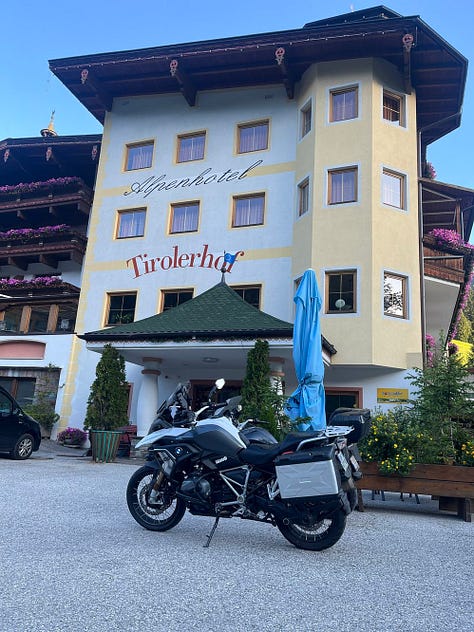
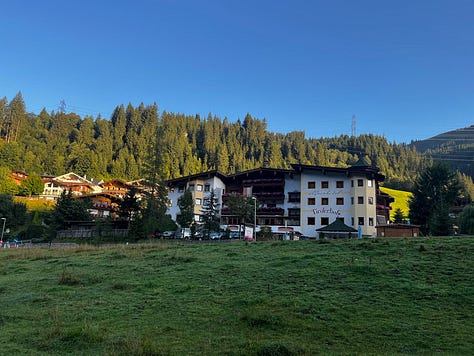
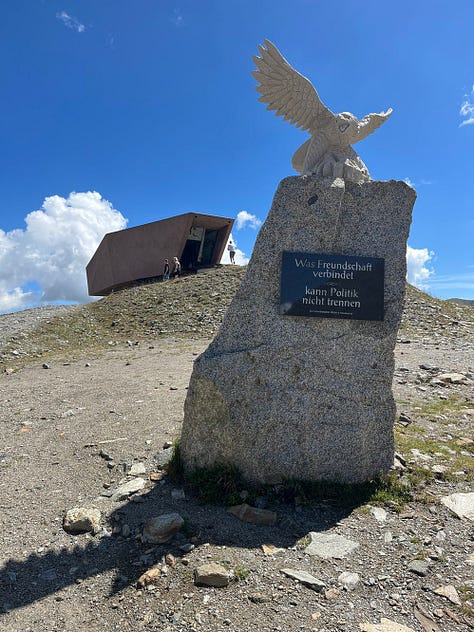
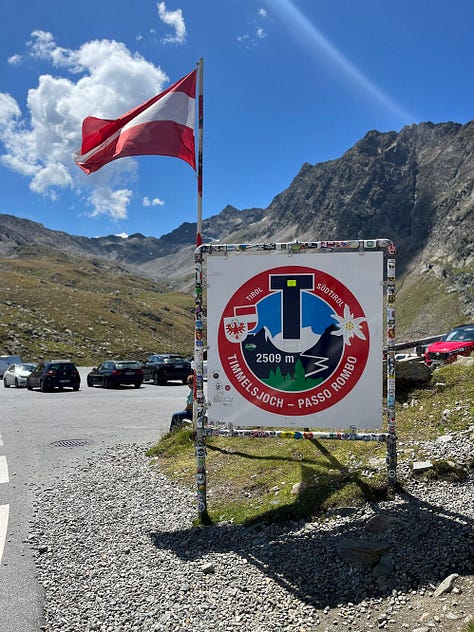
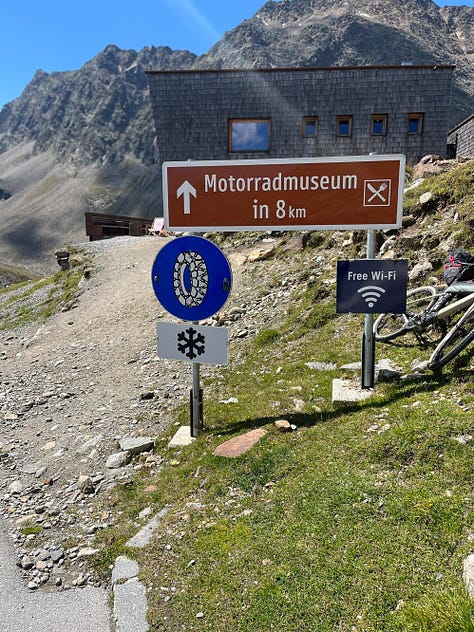
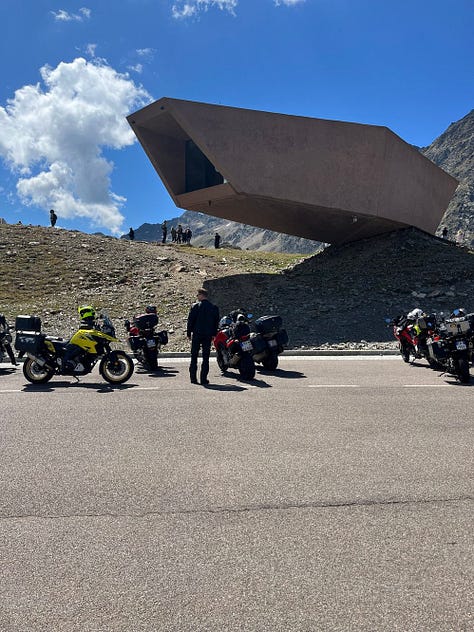
Didja know?
In most parts of Europe, a liter of gas is €1.7 ($1.90). Depending on the country or region, an attendant helped us navigate (do we pay or pump first?) or take payment with a handheld credit card reader. Most petrol stations only had four pumps, which delayed our heat-ridden agony. What surprised us was the cost of table or tap water, which we desperately needed when temps hit 100-plus degrees: upwards of €9 per a one-liter carafe, nearly $10.
Getting into the groove, it became easier to enjoy our surroundings. Mountain tunnels and terraces were coming with higher frequency – some as long as three miles – with a 10- to 15-degree temperature drop. And despite the mix of small cars, large trucks, tour buses, bicycles, scooters and other motorcycles, everyone seemed to coexist smoothly. I only saw three full size pickup trucks in 12 days. I immediately missed this upon our return home to the land of bro-dozers and distracted EV drivers.
And this is where Austria gets lower marks compared to France, Italy and Switzerland: its drivers were in a hurry, like San Francisco lemmings with tunnel vision. Our course put us through Innsbruck, where the heat crested 105 degrees and a few of our riders had near mishaps with motorists as we tried our best to get through the city into Gerlos for the night.
The Mighty Grossglockner
Humans have been crossing the Alps on a path that mainly follows the modern road for more than 3,500 years. Celts, Romans, sumpters, gold diggers and galley slaves got past this strenuous and dangerous path, but not without praying to the gods for good weather and a safe journey at the apex of the route.
The Grossglockner High Alpine Road leads from Fusch-Ferleiten in Salzburg to Heiligenblut in Carinthia. The high alpine road, which is fit for car, bus, motorbike and bicycle traffic, owes its origin to the road engineer Franz Wallack and Franz Rehrl, the forward-looking state governor of Salzburg. They were also the first to drive on the gravel road back in 1934 when it was yet to be completed. Ultimately, the Grossglockner High Alpine Road was opened in the summer of 1935.
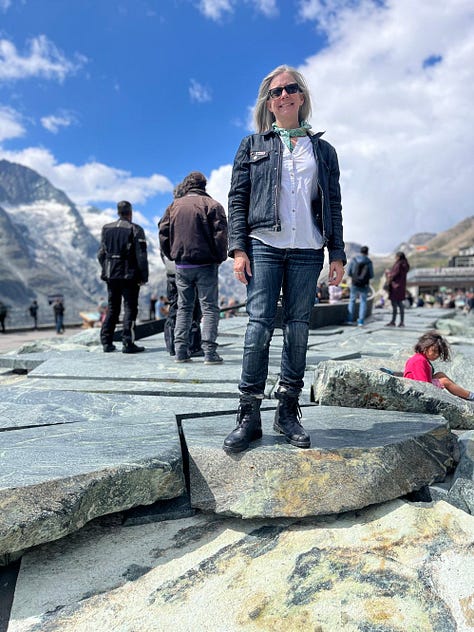
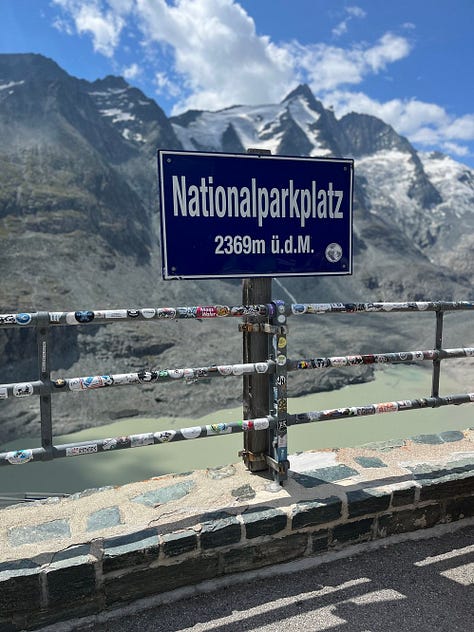
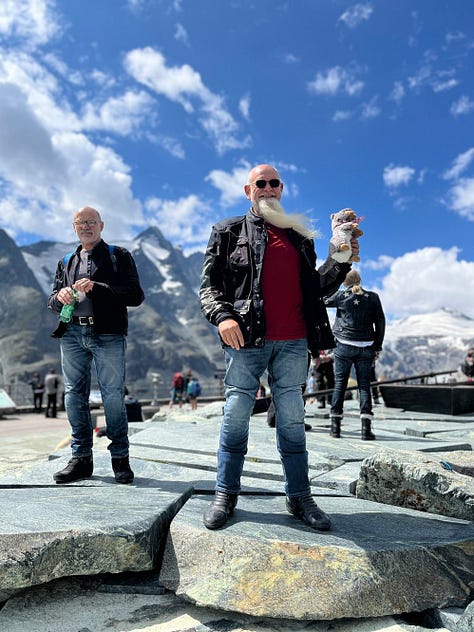
Today, a multi-story car park, visitors’ center, observation tower and restaurant are to be found up there, all of which offer unique views of the snow-covered Grossglockner, the 8 km glacial lobe Pasterze, and the Johannisberg. We shared a meal at the cafeteria and watched wild animals in their natural habitat along the alpine road, on hiking trails and on the Kaiser-Franz-Josefs-Höhe: ibexes, chamois, marmots, vultures and golden eagles.
The Grossglockner experience filled our heads with dreams of that day’s final destination: Italy’s Dolomites – which many refer to as the Yosemite of Europe – made famous to American eyes by the opening scene in the 1993 film Cliffhanger:
Unfortunately, Mother Nature had other plans, blackening the skies and sending a torrent of rain on our group as we ascended into the Italian splendor. Temperatures dropped, and in a bizarre turn of events reminiscent of my ride through Yosemite five years prior, Jean and I got stuck behind several slow RVs, stretching our saddle time and resolve before reaching the hotel. The good news was the planned rest day, allowing us to meander into a nearby village with Brian for pizza and sightseeing the following day while spending two consecutive nights in the same bed.
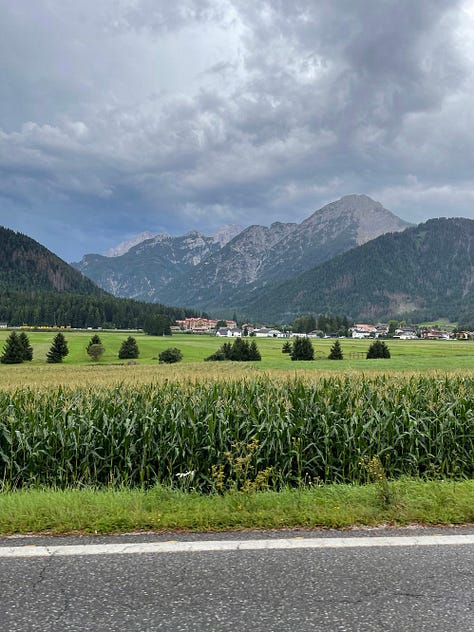
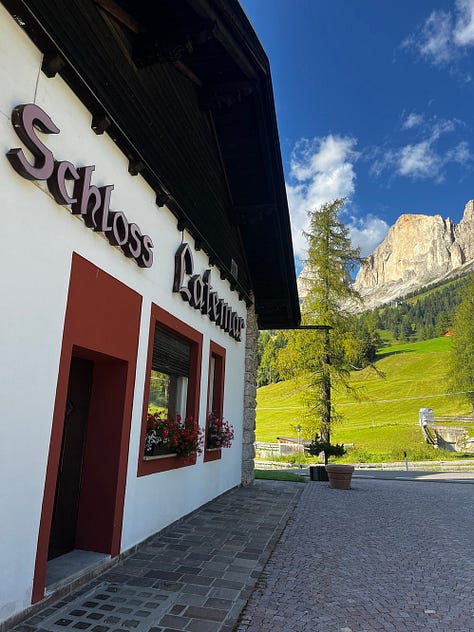
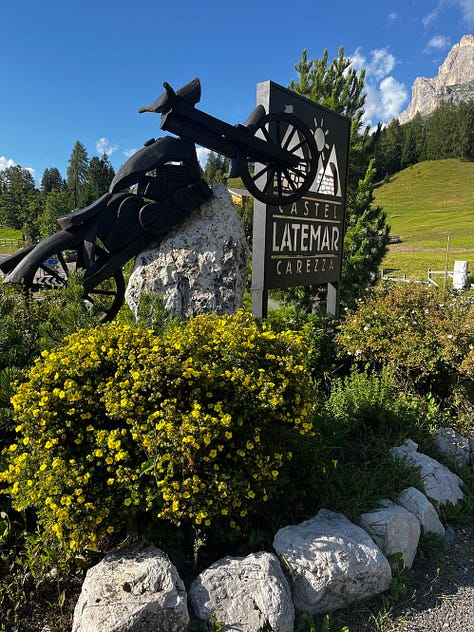
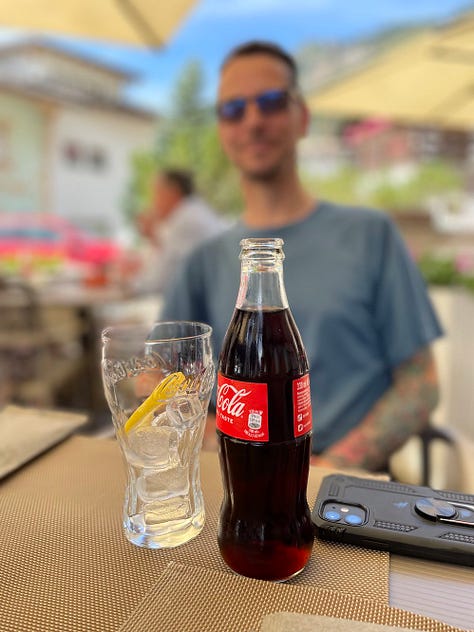

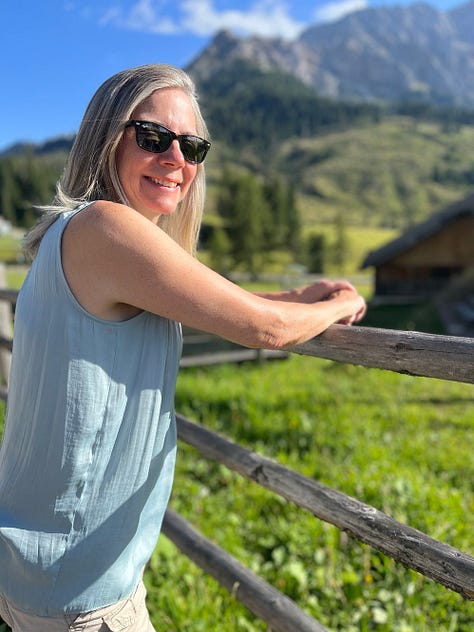
Lakes Garda and Como: Bellissimo!
My only previous visit to Italy was as an employee of Dainese in June 2016, attending the annual dealer sales and marketing conference in Vicenza. It’s been a dream to see Tuscany by bicycle, but as a longtime Moto Guzzi owner I’ve had my sights set on the Lombardy and Bergamasque Alps, home to the Piaggio Group of Moto Guzzi, Vespa and Aprilia.
Despite the August heat, Italy was verdant and luscious, meeting all Jean’s expectations. Its roads were smooth and curvy, with villages of happy holidaymakers enjoying their month-long vacation. We were more than happy to share its roads with cyclists, both in the valleys and high mountain passes. It was this pageantry that planted the seed to return to road cycling back in California, something that had taken a back seat after I left the bicycle industry in July 2015.
Northern California has spoiled us with its vineyards and Mediterranean climate, from the sprawling grape-growing scene in Napa all the way down to John Steinbeck’s Salinas Valley. The difference between riding in beautiful California and Italy is the culture and deep history chasm between continents. We have palm trees, redwoods, Douglas firs and eucalyptus with an overabundance of adobe and stucco and crummy asphalt with everyone in a hurry; they have Mediterranean cypress, black poplar, Italian stone pine, cherry oak, juniper and holly with villas and streets made of centuries-old stone and a slower pace.
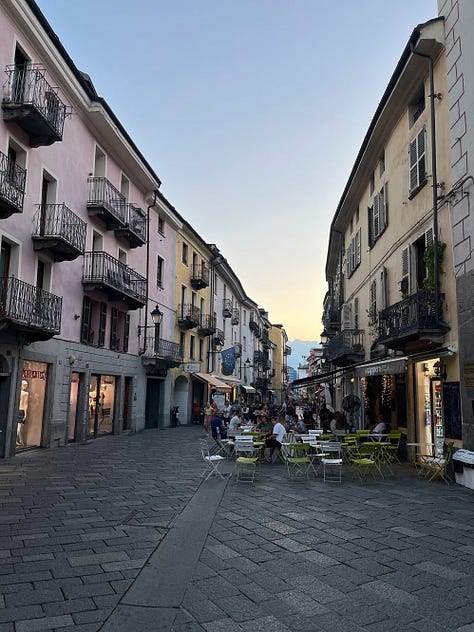
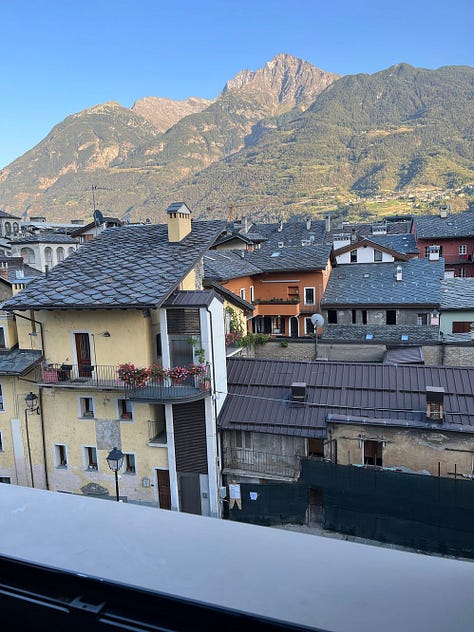
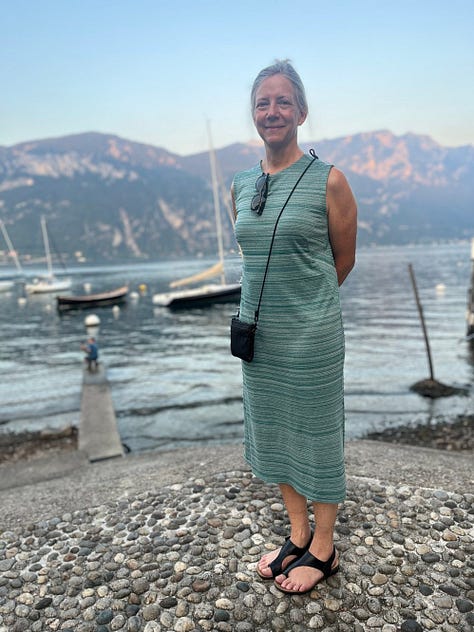
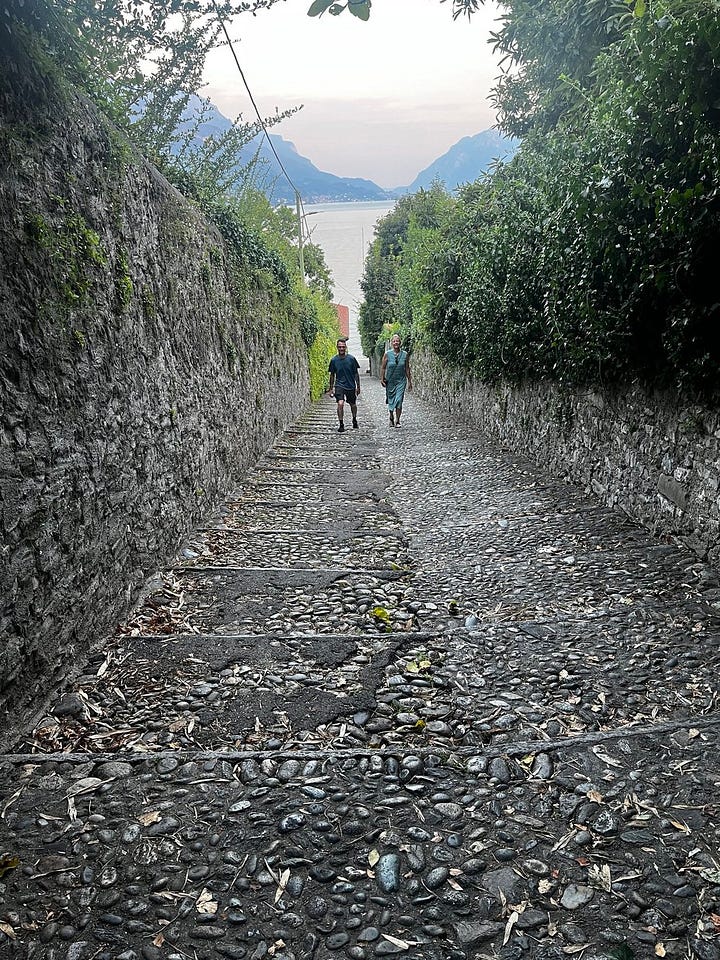

By this point in our trip, we learned to maximize our surroundings with the limited time between villages. Our scenic cafe and ciggy breaks were stretching a tad longer, with our broken French entertaining our riding partners. Google Translate helps. The bond between our hardy group was thickening.
Au Revoir Pour Le Moment
With Lake Garda and Lake Como crossed off, we sped through the Aosta Valley, passing ancient hillside castles. With some time to spare, we walked through the historic city of Aosta to share a final dinner together, because Jean-Ives was departing for his Swiss home the following morning. Our remaining crew climbed the Little Saint Bernard Pass – where the summit straddles Italy and France – before saying au revoir pour le moment to Renée and JP, who were riding back home to Provence on a slightly different route than those of us heading back to Aix-les-Bains and our final destination.
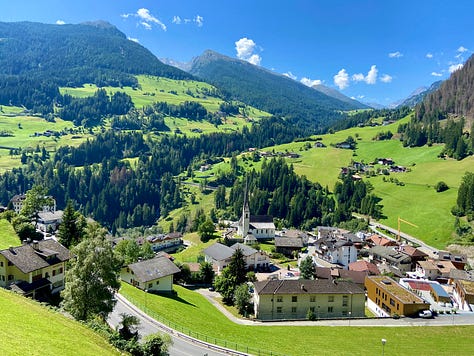
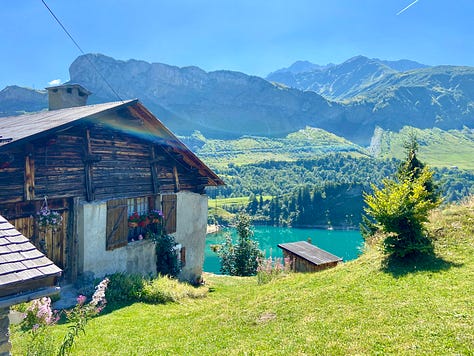
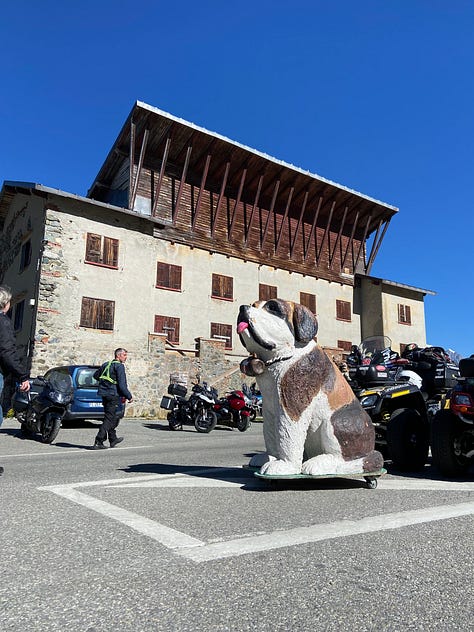
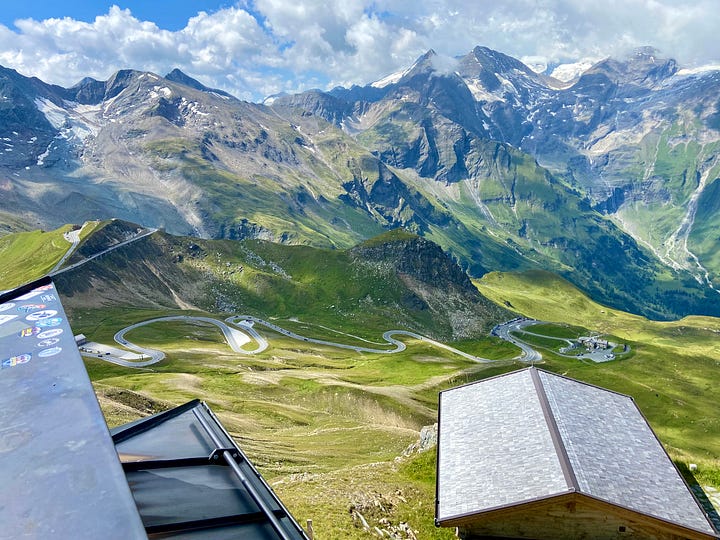
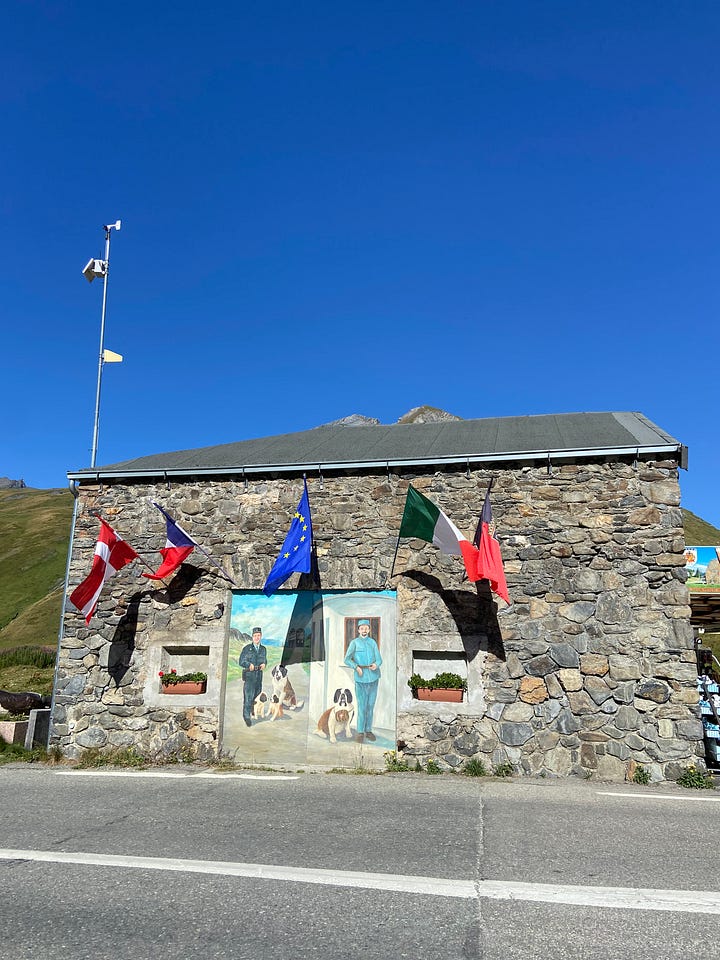
As our merry band of adventurers peeled away and our time in Europe was coming to an end, we were actually glad to be off the bike and ready to head home. We ordered a taxi to get to Geneva, where we spent the night in a Holiday Inn near the airport. The three of us walked down to a kebab joint for dinner after enjoying lunch at a nearby cafeteria, the summer heat still keeping us in check.
Tired but much better off for the recent shared experience, we talked about all the highlights before returning to SFO, grateful for the gifts Europe provided us.
Coming up next: Part 5 - People & Machines.

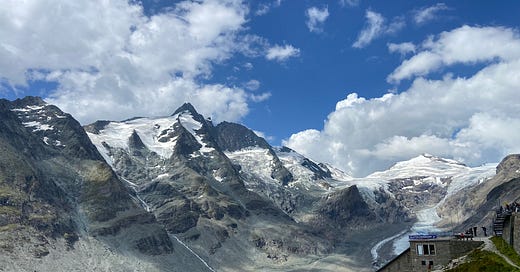



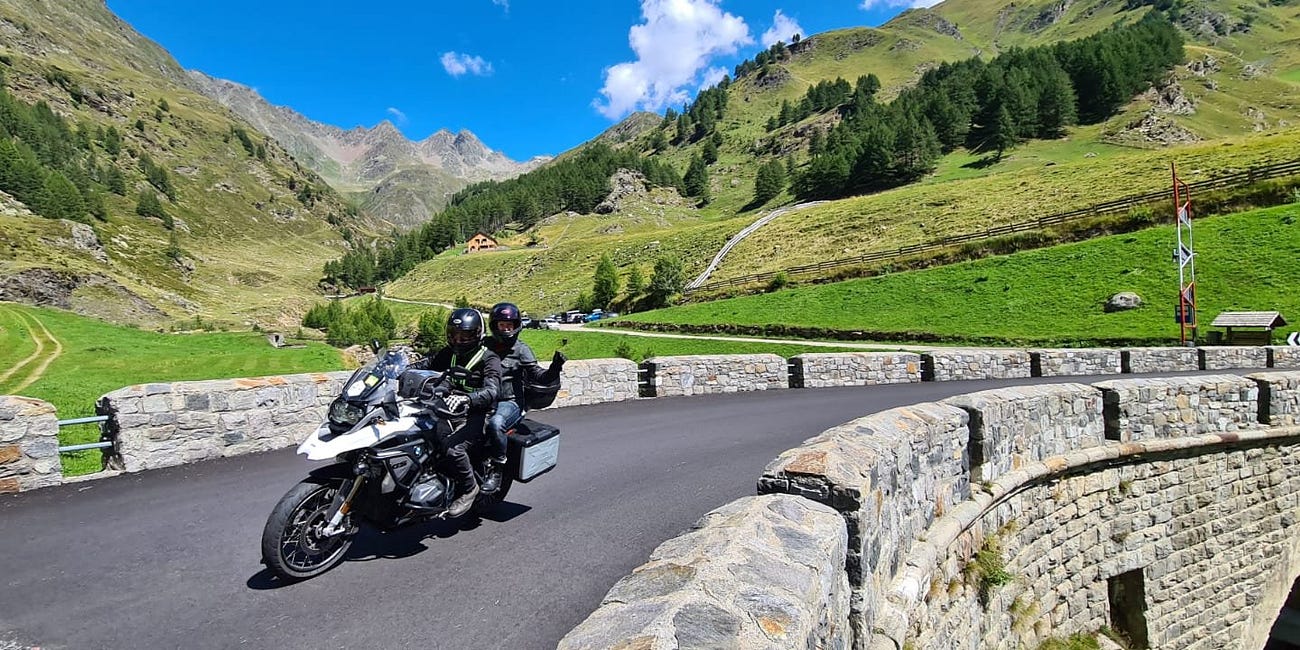
Loving this memory lane... thanks G
Spectacular photos and your descriptions made me feel like I was there! Thank you for sharing such a breathtaking experience!